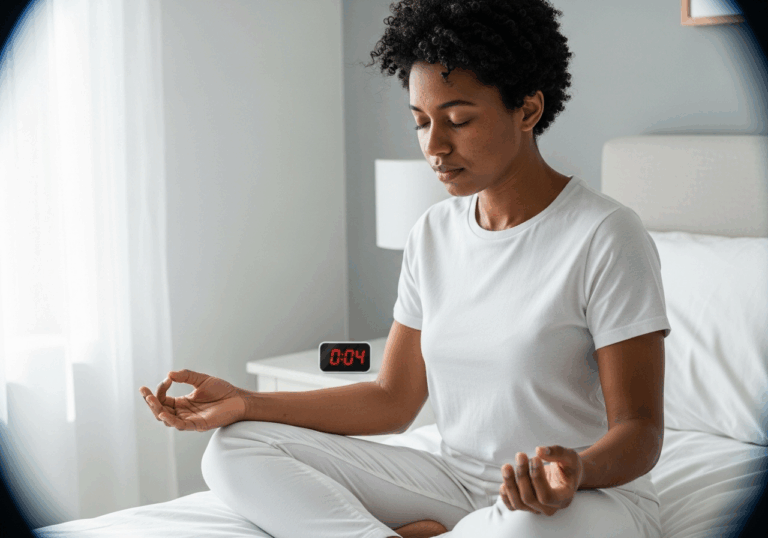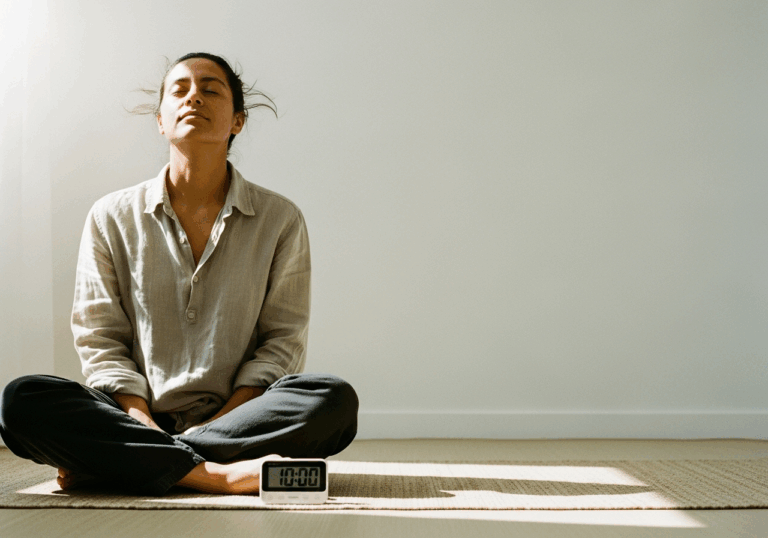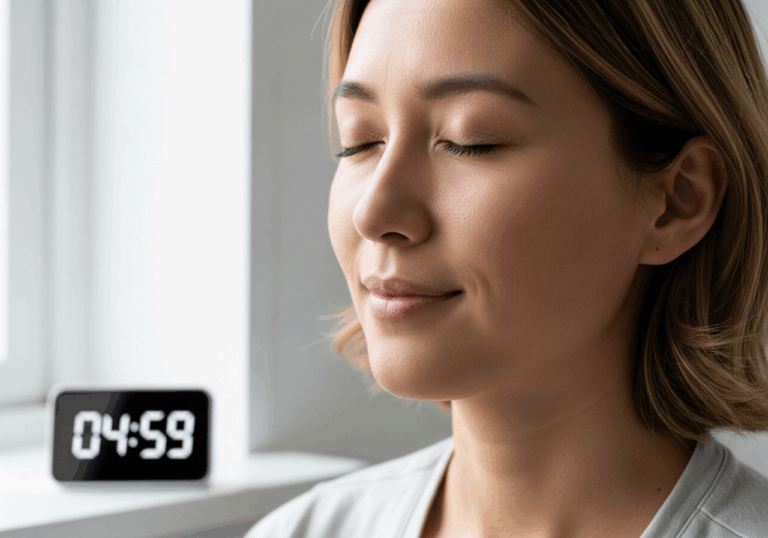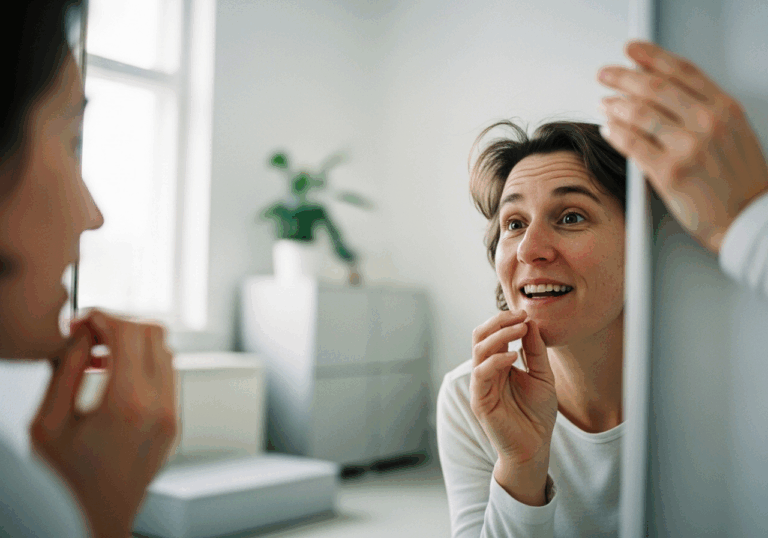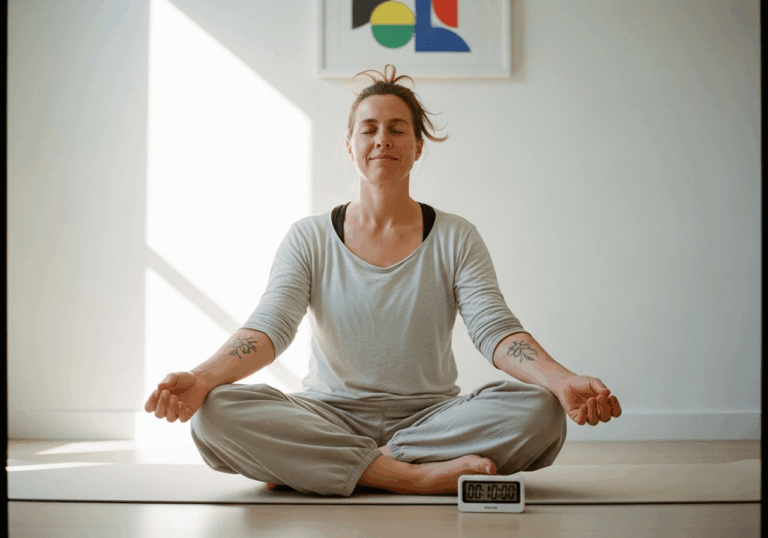Science-Backed Tips
Transform Anxiety with Exposure Therapy
90% of patients see lasting improvement in phobia treatment.
📊 Did you know?
💡 Why It Matters
1️⃣
In-vivo exposure therapy has shown a 90% improvement rate in specific phobia patients, indicating its effectiveness.
2️⃣
Patients maintain reduced anxiety levels for over one year, enhancing long-term mental health.
3️⃣
This therapy contributes to improved mood resilience, positively impacting overall quality of life.
✅ Try These Micro-Tips
🎯
Engage in structured exposure therapy sessions at least once a week.
🎯
Consider gradual exposure techniques, starting with less anxiety-provoking situations for 30 minutes.
🎯
Track your anxiety levels before and after each session to monitor progress.
🎯
Consult with a licensed therapist to tailor exposure strategies to your specific phobia.
📚 The study
What’s even more remarkable is that these positive effects were not fleeting; they persisted for over a year, showcasing the durability of in-vivo exposure therapy in reducing anxiety and enhancing overall well-being.
This therapy involves gradual, real-life exposure to the feared object or situation, allowing individuals to confront their fears in a controlled environment. The implications of these findings are profound, as they suggest that in-vivo exposure therapy is not only effective but also contributes to long-term mental health benefits.
Patients reported improved mood resilience and a better quality of life, underscoring the importance of addressing anxiety disorders with evidence-based treatments.
As we continue to explore innovative solutions for mental health challenges, the success of exposure therapy stands out as a promising avenue for those seeking relief from anxiety.
If you or someone you know is struggling with anxiety, understanding the potential of exposure therapy could be the first step toward reclaiming a life free from fear.
❓ Frequently Asked Questions ❓
Learn more
What is in-vivo exposure therapy?
In-vivo exposure therapy is a psychological treatment that involves the gradual exposure of patients to feared situations or objects in real life. This method aims to reduce anxiety and improve coping mechanisms over time.
How effective is in-vivo exposure therapy for specific phobias?
In-vivo exposure therapy has shown a clinically significant improvement rate of up to 90% in patients with specific phobias. The positive effects of this therapy often persist for at least one year after treatment.
What are the long-term benefits of in-vivo exposure therapy?
The long-term benefits of in-vivo exposure therapy include sustained anxiety reduction and improved mood resilience. These improvements contribute to a better overall quality of life for patients.
How often should exposure therapy sessions be conducted?
It is recommended to engage in structured exposure therapy sessions at least once a week. Consistent practice helps reinforce coping strategies and reduces anxiety over time.
What techniques can be used in exposure therapy?
Gradual exposure techniques are often employed, starting with less anxiety-provoking situations for about 30 minutes. This approach allows patients to build confidence and manage their anxiety effectively.
How can I track my progress during exposure therapy?
Patients can track their anxiety levels before and after each exposure session to monitor their progress. This self-assessment helps in understanding the effectiveness of the therapy and adjusting strategies as needed.
Should I consult a therapist for exposure therapy?
Yes, it is advisable to consult with a licensed therapist to tailor exposure strategies to your specific phobia. A professional can provide guidance and support throughout the therapy process.
What types of phobias can in-vivo exposure therapy help with?
In-vivo exposure therapy is effective for a wide range of specific phobias, including fear of heights, spiders, and public speaking. The therapy can be adapted to address various anxiety disorders as well.
What is the role of anxiety reduction in overall well-being?
Reducing anxiety plays a crucial role in enhancing overall well-being by improving mood and resilience. This can lead to a more fulfilling life and better coping with stressors.
How does in-vivo exposure therapy compare to other anxiety treatments?
In-vivo exposure therapy is often more effective than other treatments for specific phobias due to its direct approach to confronting fears. Its high improvement rate and durability make it a preferred option for many patients.
